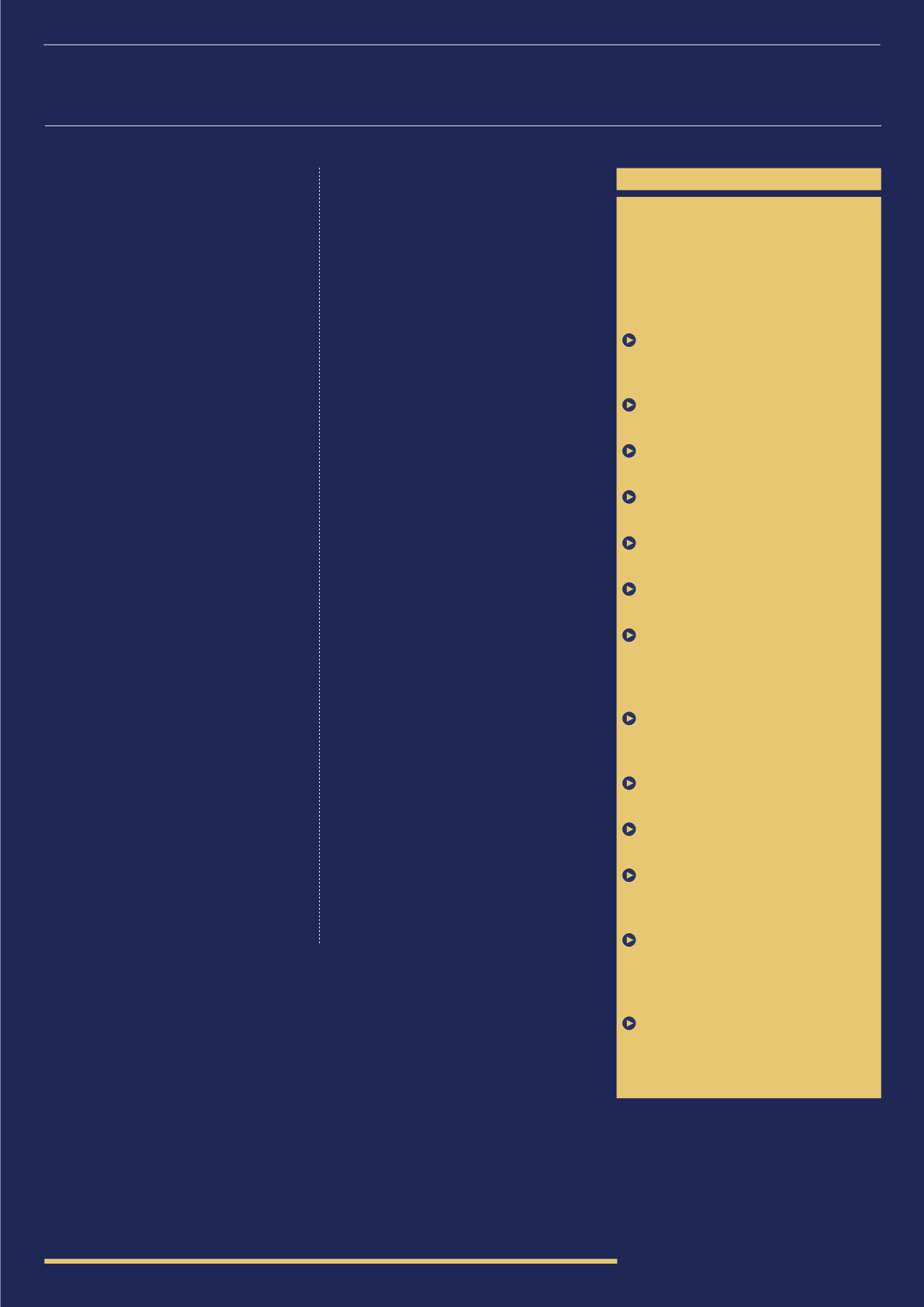
13
EXAMPLES OF QUALIFYING
COMPANIES
What the rules on qualifying companies
mean in reality is that for a lot of
investors, EIS qualifying company
investments are not necessarily as
risky as they may have thought.
Many people’s perception is that EIS
investments are only into extremely
risky small start-up companies at a pre-
revenue stage – the sort of investing
normally associated with very early stage
fundraising (often from friends and family
and in fact the type of investing SEIS is
designed to encourage to some extent).
But the qualifying criteria now allow very
well established companies with strong and
predictable revenue streams and their own
assets. Recent changes in the legislation
raised the cap on the amount of funds
that can be raised from £2m to £5m and
raised the limit on the number of full time
employees from 50 to 250. This gave a huge
boost to the industry, as it opened up much
bigger firms for investment via the EIS.
Often companies are seeking the funding to
grow into new markets, scale up or deliver
new product lines; activities of growth
businesses that are admittedly more risky
than very large listed companies, but
much less risky than start-up companies.
Indeed, some AIM listed companies now
qualify for EIS status, allowing investors
to access EIS benefits without sacrificing
the liquidity a listed investment provides.
WHEN DO COMPANIES
NEED TO ISSUE AN
INVESTMENT PROSPECTUS?
According to European legislation, any
company raising more than €5m by offering
transferable securities to the public must
issue an investment prospectus. This
prospectus has to be approved by the
relevant listing authority and obviously has
a cost in both time and money. Issuing a
prospectus would normally take between
two to three months. However, there are
exceptions: firms who only make the offer
to 150 people or fewer, firms who issue non-
transferable securities or firms who only
market their offer to professional investors.
APPROVING INFORMATION
MEMORANDA
Firms that do not issue a prospectus will
issue an information memorandum (IM).
If the memorandum is approved by an FCA
authorised person who has carried out
their own due diligence and verified the
claims made in the memorandum, then
the IM can be freely distributed to retail
investors. If the IM has not been approved
by an authorised person, then it can
only be distributed to high net worth or
sophisticated investors (these categories
can be self-certified in this instance).
A high-net worth investor is somebody
with over £100,000 annual income or over
£250,000 in investable assets (excluding
residence, pension and life insurance).
A sophisticated investor is somebody
who has (for example) been a member
of a network of business angels for the
last six months or has made one unlisted
company investment in the last two years.
“We look for businesses that have exceptional leadership teams, who show the
potential to become the next big UK success stories.”
David Mott, Oxford Capital
A LOOK AT SEED EIS (SEIS)
As noted earlier, Seed Enterprise
Investment Schemes are outside of the
scope of this report, but it is worth quickly
mentioning them here for the sake of
completeness.
Benefits and qualifying criteria of SEIS:
SEIS was introduced in 2012 to
encourage investment in higher risk,
earlier stage companies
The maximum a company can raise
under SEIS is £150,000
The average amount of investment
raised is £72,000
Over 1,100 companies have raised
money through SEIS
Companies have raised over £82m of
funding through SEIS
On average, £1.3m of SEIS funding is
raised by 19 companies every week
Investors can receive initial Income
Tax relief of 50% on investments up to
£100,000 per tax year in qualifying shares
issued on or after 6 April 2012
The individual investor can be a
director of the company, but not an
employee
An individual’s stake in the company
can be no more than 30%
SEIS tax relief applies only to recently
incorporated companies
The company must have 25 or fewer
employees and gross assets of up to
£200,000
For the 2012/13 tax year only, a CGT
exemption is offered in respect of gains
realised on the disposal of assets that are
invested through SEIS in the same year
In the 2014 budget, SEIS were made a
permanent feature of the start-up
funding/tax planning landscape (they were
originally scheduled to expire in April 2017)


